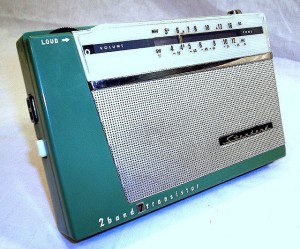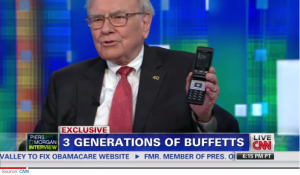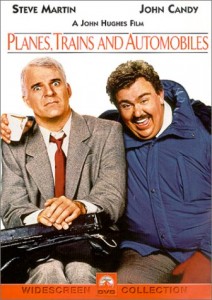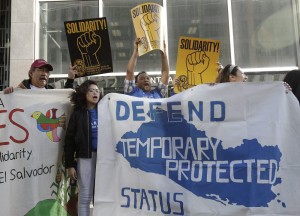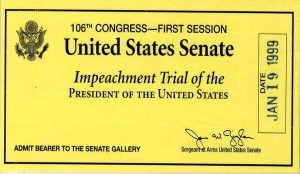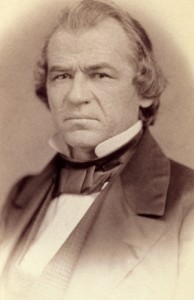I’ve avoided writing about Covid-19 for quite awhile. Part of the reason is that I disagree with much of the reporting on this disease in the media, but who am I compared to all the “experts” pontificating almost daily?
The fact is, I spent several years of my professional life working in human subjects scientific reasearch. I’ve read hundreds of medical and epidemiological studies. I’ve gone head to head with the CDC in Congressional hearings. I’ve testified and sat on a committee at the Institute of Medicine of the National Academy of Sciences. So yeah, I do know a little bit.
I’m going to talk mainly about numbers here. These are numbers taken from official sources such as the CDC and Johns Hopkins University. Links to these sites are at the bottom of this piece, if you want to “fact check” my numbers.
First of all, lets cut right to the bottom line. Every day we read “news” articles about the new “spread” of Covid, moving from place to place like a tidal wave. Are the numbers we read accurate? Sometimes, sometimes not. Among all the numbers, however, there is really only one number that counts.
The number of deaths.
Having Covid-19 and dying from Covid-19 are two entirely different things, no different than any other disease. Having the flu and dying from it is not the same thing. It may be bad to be sick, but if you recover (as most do) life goes on. If you’ve ever had the flu, or pneumonia, or the measles, and you’re reading this, you understand what I mean.
So what we really want to know is not how many people contract the illness, but how many do not recover – they die from it — and those numbers are low.
The numbers that follow are from June 21,2020:
The United States: Currently there have been 120,106 deaths attributed to Covid. The population of the United States is 332,639,102. If we divide the numbers of deaths by the population, we get the figure 0.0361%, which is about 4/100 of a percent. For undstanding, this is FAR LESS than ONE TENTH OF ONE PERCENT. In other words, your chances of NOT DYING from Covid are 99.964% ! Another way of looking at this is to break the death rate down to cases per one hundred thousand of the population. The US average is currently 35 deaths per one hundred thousand people in the population. This 35 figure is important to what follows.
The States: When it comes to Covid,
all states are not alike, not even close.
The Northeast: The states in the Northeast have by far, the worst records of deaths in the country. My state, New Jersey, has the unenviable record of having the highest number of deaths per 100,000 at 145! Over 4 times the national average! New York State is right behind at 127 deaths per 100,000, followed by Connecticut at 122, and Massachusetts at 114.
The reason for this high number is pretty easy to explain. At the beginning of the “pandemic” the governors in these states panicked. In order to clear out hospitals for potential Covid cases, they shipped huge numbers of people to nursing homes and long term care facitilies — facitilies that were in no way prepared to handle contagious disease. Infected patients spread the disease like wildfire in these facilities, infecting thousands of old and often already sick people. Thousands died. In fact, more than half of all Covid deaths in these states are a result of this debacle, which artifically increased the death rate.
Other states with similar policies also are above the national average for deaths per 100,000. These states include Michigan (62), Illinois (54), Maryland (51) and Pennsylvania (50) It also needs to be noted that these states are the most prominant in driving up the national average. Take them out of the equation, and the national average drops considerably.
The Rest of the Country
Things are vastly different in many other states. The media has (falsely) been trying to “pump up the volume” about the spread of Covid, but let’s look at the numbers:
Florida: Florida has been criticized for opening beaches too early, Spring Break, etc etc. But the fact is deaths per 100,000 in Florida are 15, ten times less than New Jersey, and about half the national average.
Georgia: This state is running higher than Florida, with a death rate of 25 per 100,000, still less than the national average, and six times less than the Northeast states.
North and South Carolina: 12 and 13 deaths per 100,000 repectively.
Texas: Lots of news about “upswings” in Texas, but the Lone Star State has the astonishing rate of just 8 deaths per 100.000.
And finally Arizona: I mention this state especially because it is making headlines as I write this with the ‘surge” of new cases. The death rate in Arizona? 2 per 100,000.
So what’s going on here? I don’t claim to have the answers, but something is wrong, very wrong. Are we being lied to? Yeah, I think so, but as mch by omission as commission. We are simply not being given all the facts. We are given selected numbers which do not show the true picture.
Think of it this way. With a population of over 322 million people, the United States would have to have over 320,000 deaths to equal one tenth of one percent of the population. We are not close to that number, and there is clear evidence everywhere that the death toll is going down.
People have been driven to near panic is some cases, and frankly without good reason. The “experts” have been wrong again and again in this mess. We’ve been locked down, our economy has been trashed. How long will it take to recover, I don’t know, but it won’t be pretty.
Do I believe the experts? Do I believe the media? Hell no, and I won’t again for a long time if ever.
Links:

